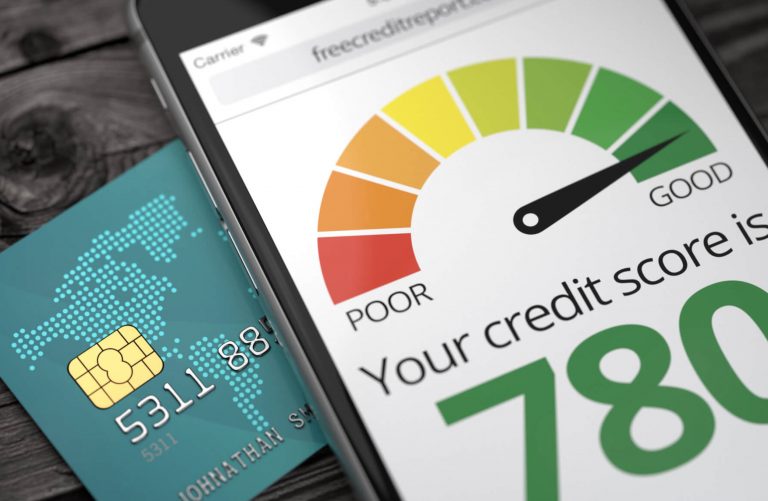If you’re facing an overwhelming debt problem that grows bigger by the day, you may need to tap into a debt relief program. These encompass several debt solutions, including debt negotiation, debt consolidation, debt settlement and credit counseling.
The best debt relief programs can be an attractive option if you have several late payments or have skipped payments on your credit card bills, student loan payments, and other debts. This blog provides answers typical questions regarding debt relief programs, including how long does debt relief take?
Story Stages
When Should You Go for Debt Relief?
Although debt relief is an ideal option to break free from an immediate financial burden, the program may not suit everyone. It is essential to understand all the consequences of the program to make informed decisions. Consider debt relief if you find yourself in the following situations:
- If you are not making any progress in repaying your debts, no matter how hard you have tried.
- If there is absolutely no hope of repaying the debt within the next five years, even after taking extreme measures to reduce your spending
- If you have contemplated filing for bankruptcy,
- You are behind on all your loan payments, including credit card bills, student loans, unsecured personal loans, and more
- If the total amount of unpaid unsecured debt is half or more of your gross income
Notably, a debt relief program may not be the best option if you keep adding to your debt balances or are not ready to make long-term commitments to repaying debts.
How Long Does Debt Relief Take?
The best debt relief programs can run from 24 to 48 months — and sometimes more. The exact duration varies depending on the specific program you choose and the debt relief company with which you work.
While some companies offer pre-determined lengths for clients to choose from, other providers like Freedom Debt Relief can tailor the duration of your debt relief arrangement depending on your budget and financial goals.
What Are the Debt Relief Options?
As mentioned earlier, debt relief is not a one-size-fits-all solution. Debt relief includes several programs such as:
Debt consolidation: Debt consolidation is a program that combines several debts into one. You can opt to consolidate your debts if you have several different loans or lines of credit to repay. For example, you can consolidate several credit cards into one personal loan. With debt consolidation, you will only have one payment to make each month.
Credit counseling: Credit counseling is a program that offers financial advice to creditors with debt issues. The counseling involves meeting with a certified credit card counselor to discuss your finances, debts, and budgets. The counselor will assess your debts and spending and help develop a sound plan for managing these two variables. Seeking the help of a credit counselor is an ideal option when looking for help to create a practical debt repayment plan.
Debt management plans: A debt management plan allows you to make one single payment to the debt management plan you are enrolled in each month. The payment will then be distributed among all your creditors according to the terms of the plan. In essence, a debt management plan is similar to debt consolidation, as you have to make a single payment each month. However, this type of relief doesn’t require you to get a loan or open a balance transfer credit card.
Debt settlement: Debt settlement is typically considered the next to last option. Debt settlement allows you to pay off debts for less than what is owed. If you successfully negotiate for a debt settlement, your creditor will forego a portion of the debt balance in exchange for a one time payment in full of an agreed upon amount. In a nutshell, debt settlement is a form of debt forgiveness because you won’t have to pay anything more than an agreed-upon settlement amount.
These are the most common forms of debt relief. However, there is one more to consider. If all fails, you might be looking at filing for bankruptcy protection. There are a number of legal caveats to consider here, so it’s best to contact a lawyer who specializes in this work if you’re thinking this is your best option.
As for how long it takes to complete a debt relief program, it varies according to the amount of debt you have and the nature of the approach you take. In most cases however, you’ll be looking at anywhere from 12 to 48 months. If you file for bankruptcy protection, your record will reflect the court decision from seven to ten years.
